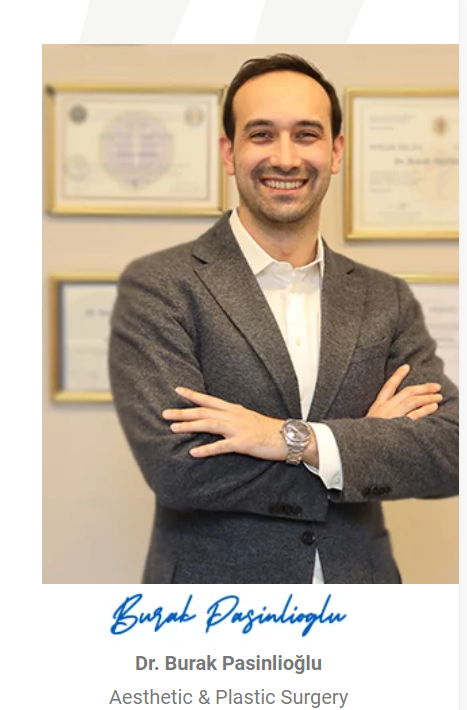
Bichectomy
In the quest for facial harmony and a more defined appearance, individuals often explore procedures that can subtly improve their facial contours. One such procedure gaining popularity is buccal fat removal, also known as bichectomy. This minimally invasive surgical technique targets excess fat pads in the cheeks, aiming to create a sleeker facial profile and highlight prominent facial features. With its capacity to deliver noticeable yet harmonious results, buccal fat removal has emerged as a favored choice for those seeking a slimmer, more sculpted look with understated changes.
What is Bichectomy ?
Bichectomy , also known as buccal fat removal, is a cosmetic surgical procedure aimed at reducing fullness in the cheeks by selectively removing excess fat pads. These buccal fat pads can contribute to a round or chubby facial appearance, masking facial contours. During the procedure, which is typically performed under local anesthesia on an outpatient basis, a small incision is made inside the mouth to access the buccal fat pads. The surgeon then carefully removes the excess fat, sculpting the cheeks to create a slimmer and more defined facial profile.
By precisely targeting and removing this excess fat, Bichectomy /Buccal Fat Removal can help individuals achieve a more sculpted and aesthetically pleasing facial appearance.
It’s essential to consult with a qualified plastic surgeon to determine if Bichectomy /Buccal Fat Removal is suitable for your cosmetic goals.

Bichectomy at a glance
Duration of Treatment
4 Days
Duration of Treatment
1 Hour
Anaesthesia
Local
Result
4-6 Weeks
Sleeping Position
Head Elevated for 2-3 days
Driving
2-3 Days
Shower
Same Day
Travel
3 - 4 Days
Back to work
3 - 4 Days
Exercise Restriction
2 -4 Weeks

Bichectomy
Cosmetic & Plastic Surgery


The cost varies depending on the surgeon and the clinic, but it is generally more affordable compared to Western countries.
Non-surgical bichectomy does not involve incisions or removal of fat pads. It uses injections to contour the face, providing temporary results with fewer risks and a quicker recovery time.
The procedure typically uses fillers such as hyaluronic acid or calcium hydroxyapatite, and sometimes botulinum toxin (Botox) to reduce muscle activity and volume in the cheeks.
The results are temporary, lasting from six months to two years, depending on the type of fillers used and individual factors.
During the consultation, the surgeon will assess your facial structure, discuss your goals, explain the procedure, and outline the risks and benefits. You will also receive pre- and post-procedure instructions.
Follow your surgeon’s instructions, which may include stopping certain medications, avoiding smoking, and arranging transportation if general anesthesia is used.
